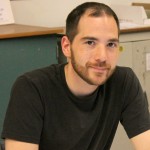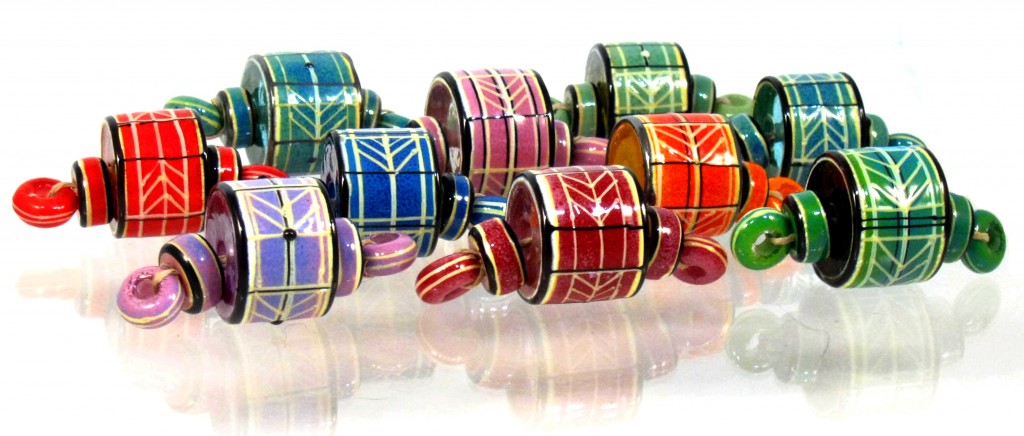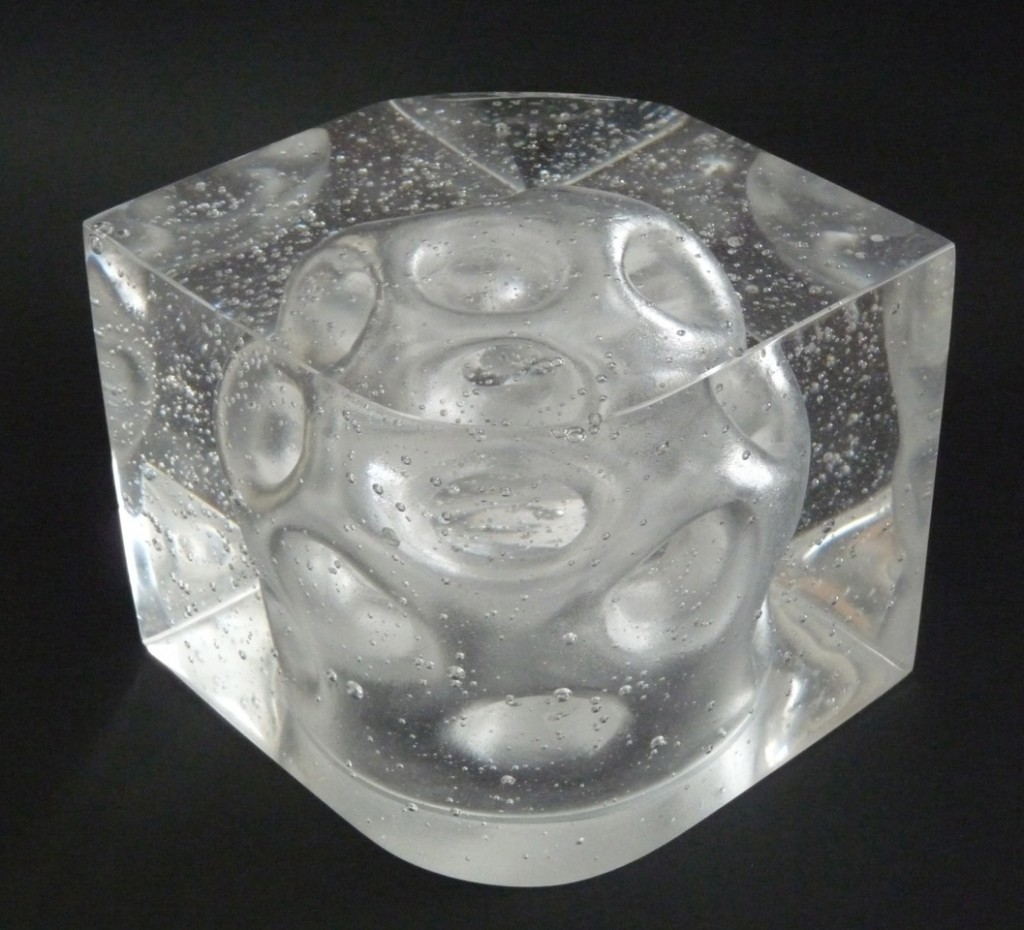Alexander Sarkis Abajian graduated from the Rhode Island School of Design in 2000 with a Bachelors Degree in Glass Sculpture. Since then he has exhibited nationwide, Colorado Springs Museum, Colorado Springs, CO; Adam Whitney Gallery, Omaha, NE; Pismo Gallery, Denver, CO; San Francisco Design Center at the A. Rudin Showroom. He has also been a recipient of many awards and scholarships: The General Pilchuck Scholarship, The Martin Foundation Young Craftsmen Award, The Taos Open- Best of Craft Award, to name a few. He was recently a visiting artist at the California College of the Arts. Alexander Abajian is a prolific young artist untethered by convention. He integrates a variety of different elements to his own sculptures. Whether electroplating metal to glass, combining kiln castings with hand blown accents, manipulating solid pieces of color to forge vessels impregnated with intricate designs, or translating his own figurative paintings into three-dimensional sculptures, Alexander manifests an interminable drive to create. He is on the forefront of glass art, truly utilizing the material as a means of expression, free from the constraints of craft. Alex now lives and works in San Francisco California.
Collaborations: Alex Abajian and Jerry Lin-Hsien Kung
For the past four or so years, Alex Abajian and Jerry Lin-Hsien Kung have been making “creatures” — tripodal formations of bended glass, typically coated in a mirror finish. In isolation, one of these creatures might appear a merely decorative object — a chic, sensuous addition to a posh lobby or some such space. However, Abajian and Kung have no interest in delivering their creations to such a fate.
To thwart such a banal reading, the duo crowds the creatures in a runway installation, wherein they become a reflective, mercurial melee of limbs and curves, capturing viewers’ reflections and enlivening one another. “They naturally want to go together in certain ways,” said Abajian. “Like one will be pushing and the other will be pulling. They nestle into these groups and you see it looks like a group of people, how people actually congregate.”
With a $40,000 grant from the Tacoma Museum of Glass, Abajian and Kung were able to create quite a sizable congregation. This also makes the exhibition, Creatures, now at Vessel Gallery, one of the most expensive in the history of Oakland’s gallery scene.
But it’s not exactly clear how someone seeking art should approach these objects. One thing is sure: They are not like conventional sculptures, where the art is in some sense encapsulated in the finished form. Rather, Abajian and Kung’s art is in the process.
The artists have been collaborating since they were students at the Rhode Island School of Design. They have a seemingly inexhaustible supply of shared stories, and even possess matching cranial scars (each the result of a serious injury; neither glass blowing-related). Together, they pursued the craft end of glass-making for a while, but soon started drifting toward something else — a more playful, organic process free of rigid expectations.
by Alex Abajian and Jerry Lin-Hsien Kung
by Alex Abajian


















